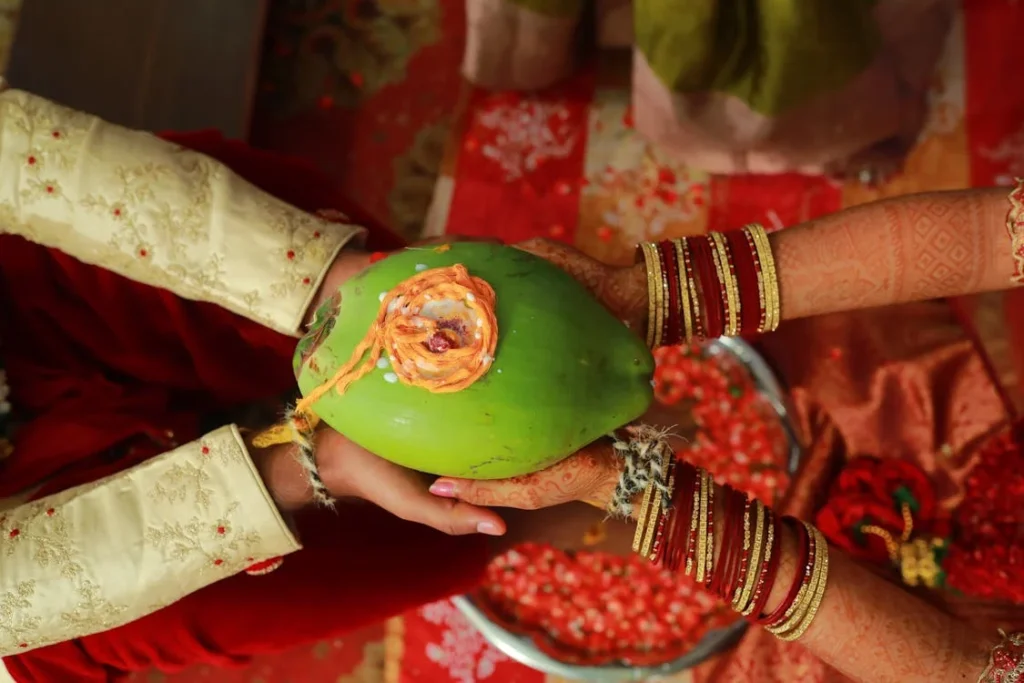Prosthetic limbs are not just tools—they are personal, deeply connected to an individual’s identity, culture, and way of life. Across the world, cultural beliefs shape the way people view and accept prosthetics, influencing how they look, function, and feel. What is considered “normal” or “desirable” in one society might be completely different in another.
For some, a prosthetic should blend in and look like a natural limb. Others prefer a futuristic design that proudly showcases technology. In some cultures, disability carries stigma, while in others, it is seen as a symbol of resilience. These views affect everything from material choices to design features and even how prosthetics are worn in public.
Understanding these cultural influences helps prosthetic manufacturers, like Robobionics, create better solutions that truly meet the needs of different communities. Let’s explore how different cultural beliefs shape prosthetic design preferences around the world.
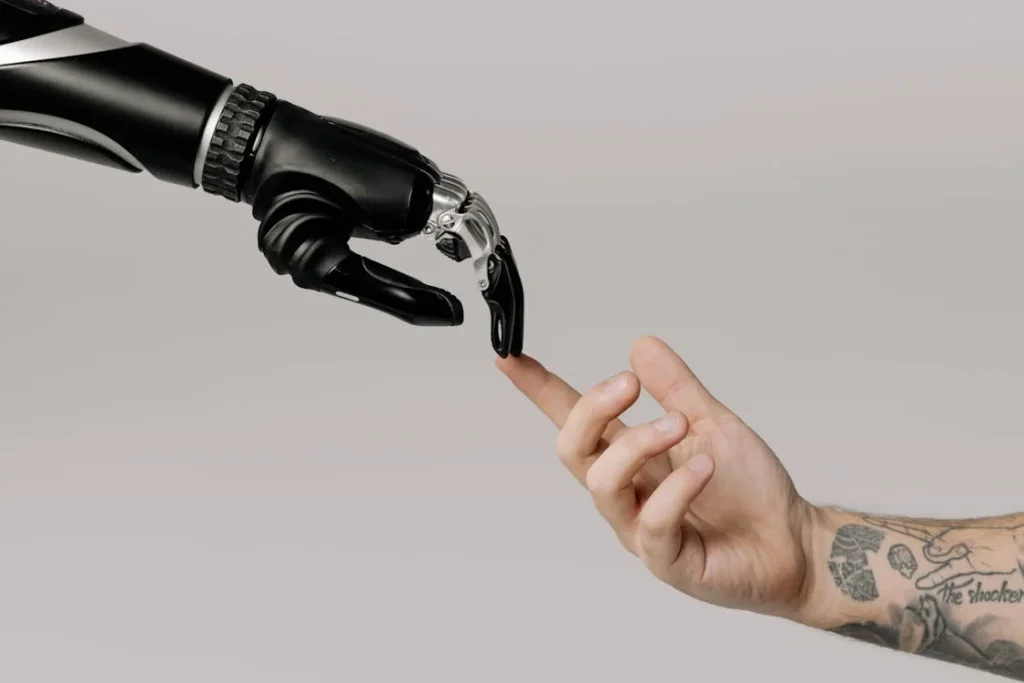
Cultural Views on Disability and Their Impact on Prosthetic Use
How a society views disability plays a huge role in whether people feel comfortable using prosthetics. In some cultures, disability is seen as something to be hidden, while in others, it is embraced as part of a person’s story.
Countries Where Disability Carries Stigma
In parts of Asia, Africa, and the Middle East, disabilities are sometimes linked to superstition or seen as a sign of misfortune. As a result, many individuals with limb loss may avoid using prosthetics that draw attention.
This leads to a preference for designs that look as natural as possible, with realistic skin tones, textures, and even artificial veins to mimic a real limb.
However, cultural change is happening. Awareness campaigns and support groups are helping people feel more comfortable using prosthetics openly.
In India, Robobionics has seen this shift firsthand. More people are willing to try bionic solutions like Grippy™, which offers both realistic and high-tech options to match individual preferences.
Societies That Celebrate Strength and Individuality
In Western countries, especially in the US and parts of Europe, there is a growing movement that embraces prosthetics as a form of self-expression. Instead of hiding their artificial limbs, many users opt for bold designs with bright colors, patterns, or even superhero-inspired aesthetics.
This is where prosthetic customization plays a key role. Some prefer exposed mechanical structures that highlight technology, while others want a sleek, modern look.
This shift has led to innovations in custom covers, 3D-printed prosthetic designs, and even smart prosthetics with built-in LED lights.

The Role of Religion and Spiritual Beliefs in Prosthetic Preferences
Religious and spiritual beliefs often influence how people perceive prosthetics, shaping both their acceptance and design choices. In some cultures, these beliefs determine whether a prosthetic limb should blend in, stand out, or even be used at all.
Understanding these perspectives is essential for designing prosthetics that align with personal and cultural values.
Beliefs About Wholeness and the Body
Many religious traditions emphasize the concept of bodily wholeness, which can affect how people feel about using artificial limbs.
In Hinduism, for example, the body is considered sacred, and some believe that altering it artificially could interfere with spiritual balance. This belief sometimes leads to hesitation in adopting prosthetics, especially if they are highly visible or seem unnatural.
In contrast, Buddhism, which teaches acceptance and adaptability, often encourages people to make the best of their circumstances. This mindset has contributed to a more open approach to prosthetic use in many Buddhist-majority countries.
However, traditional aesthetics still play a role, and many prefer prosthetics that look natural rather than mechanical.
Islamic beliefs also shape prosthetic preferences in various ways. Some interpretations emphasize the importance of maintaining the body in a way that aligns with natural form, leading to a preference for realistic prosthetics.
At the same time, Islam places great value on overcoming challenges and improving one’s quality of life, which has encouraged the acceptance of advanced prosthetic technology in many Muslim-majority regions.
The Influence of Rituals and Traditions
Certain religious rituals also impact the design and use of prosthetics. In many Hindu and Muslim communities, burial traditions require that a person be laid to rest with all body parts intact.
This belief can lead some to resist permanent prosthetic attachment or seek removable options.
In Christianity, especially in Western countries, there is often a more flexible approach to prosthetics. Many Christian teachings emphasize resilience and innovation, leading to widespread acceptance of advanced prosthetic solutions.
This openness has contributed to the rise of bionic limbs that enhance movement and function beyond what a natural limb can do.
Cultural Adaptation and Changing Views
Despite traditional beliefs, religious perspectives on prosthetics are evolving. As technology improves and awareness spreads, many religious communities are embracing prosthetics as a means to restore dignity and independence.
Religious leaders and scholars are increasingly supporting their use, recognizing that improving one’s mobility and well-being aligns with spiritual values.
For instance, in countries like India, Indonesia, and Pakistan, there has been a growing acceptance of prosthetics that balance cultural sensitivity with modern functionality.
Organizations like Robobionics ensure that prosthetic designs cater to these diverse needs, offering solutions that respect both personal and spiritual beliefs.
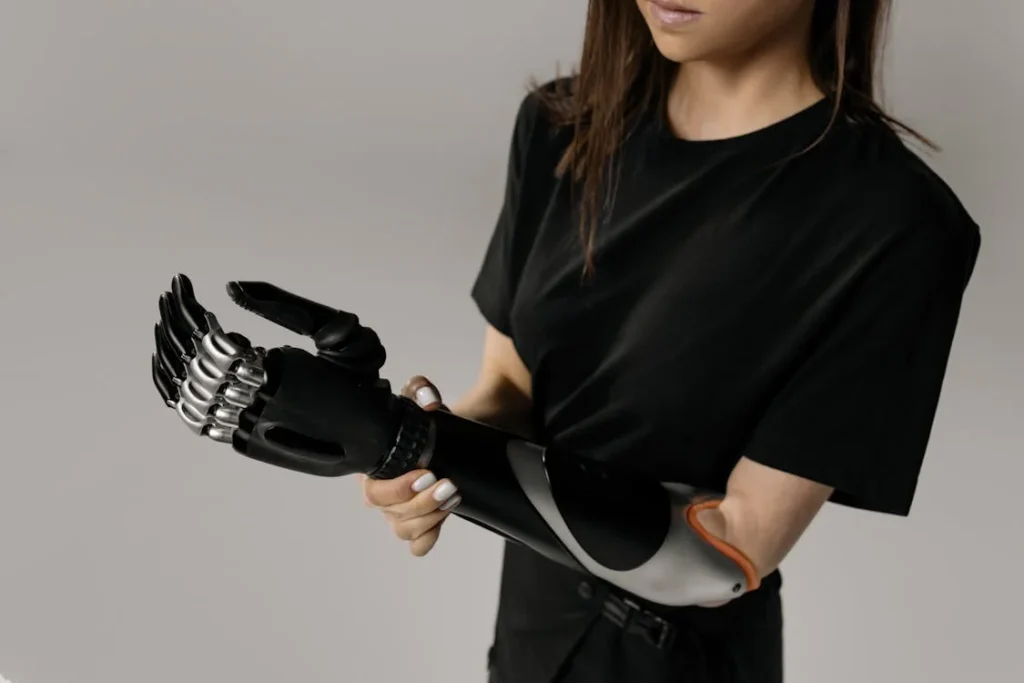
How Traditional Aesthetics and Fashion Influence Prosthetic Design
Across different cultures, the way people dress and present themselves plays a major role in how prosthetics are designed and worn. Fashion is deeply tied to identity, and prosthetic limbs must fit seamlessly into a person’s lifestyle and cultural expectations.
From the fabrics people wear to the colors they prefer, every cultural detail influences how a prosthetic limb is crafted and styled.
Matching Prosthetics with Traditional Clothing
In countries where traditional clothing is commonly worn, prosthetic design must take these unique styles into account. In India, for example, sarees and salwar kameez are widely worn by women, while men often wear kurtas or dhotis.
These garments require a prosthetic limb to allow for free movement without being too bulky or noticeable. A lower-limb prosthetic, for instance, must accommodate sitting in a cross-legged position, which is common in Indian households and religious settings.
In East Asia, where kimonos and hanboks have long, flowing sleeves, upper-limb prosthetics must be designed to fit comfortably within the fabric without causing discomfort.
In contrast, in Western countries where short-sleeved clothing is common, prosthetic limbs are often more visible, leading to a growing trend of bold, artistic designs that stand out rather than blend in.
The Role of Jewelry and Body Adornments
Jewelry and accessories are an important part of cultural identity, and prosthetics must be designed to accommodate these traditions.
In African cultures, where intricate beadwork and bangles are commonly worn, upper-limb prosthetics are often customized to allow space for jewelry without discomfort.
In the Middle East and South Asia, where henna is frequently applied during special occasions, some prosthetic users request designs that mimic traditional henna patterns or allow for natural-looking application on the artificial limb.
This personalization helps maintain a strong cultural connection and reduces the feeling of “otherness” that some prosthetic users may experience.
Color Preferences and Personal Expression
The color of a prosthetic limb is another area where cultural differences play a role. In many Asian and African cultures, earthy tones like brown, beige, and deep reds are preferred, as they align with natural skin tones and traditional color symbolism.
In contrast, in Western countries, there is a growing trend toward vibrant colors, metallic finishes, and even transparent prosthetics that highlight the technology behind them.
Some cultures view bright colors as a sign of positivity and celebration, leading to prosthetic designs that incorporate patterns and designs inspired by traditional art. Others prefer muted, understated tones that help the prosthetic blend seamlessly with their natural appearance.
Bridging Tradition with Modern Innovation
While traditional aesthetics influence prosthetic design, advancements in technology are allowing for greater customization than ever before.
3D printing, for example, has made it possible to create prosthetics that not only match cultural fashion but also incorporate traditional patterns and materials.
Users can now choose designs that align with their cultural heritage while benefiting from modern comfort and functionality.
Robobionics understands the importance of merging cultural identity with prosthetic innovation. Whether it’s a design that complements traditional Indian attire or a sleek, modern look for urban professionals, the goal is to provide options that empower users to embrace both their heritage and their future.
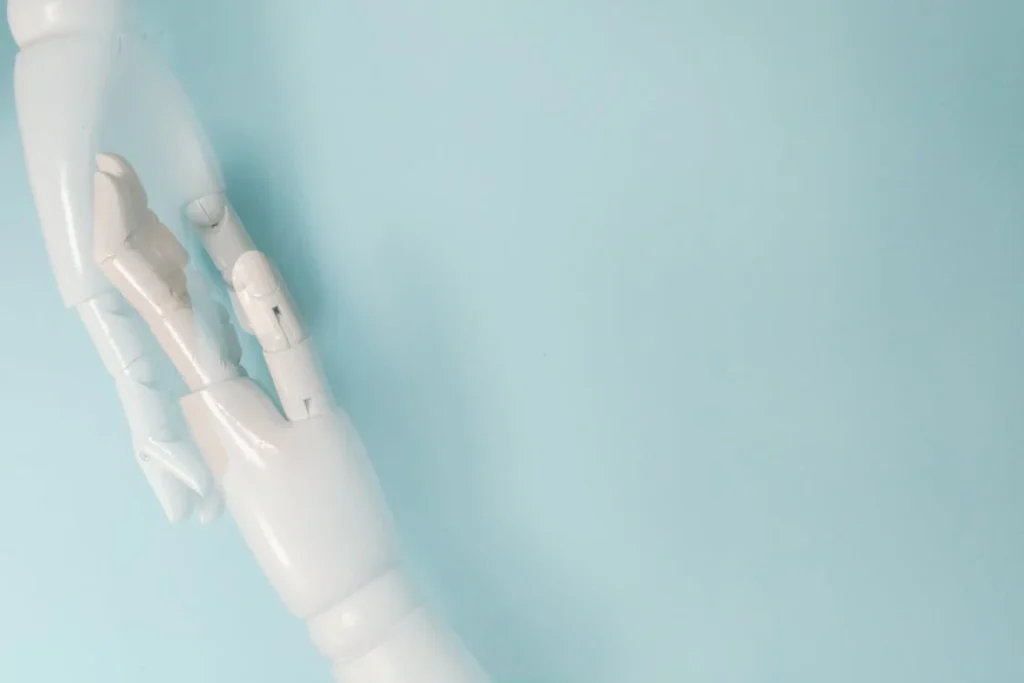
The Psychological and Social Impact of Cultural Beliefs on Prosthetic Acceptance
Beyond aesthetics and function, cultural beliefs shape how prosthetic users feel about themselves and how they are treated by society.
The way people perceive prosthetics—whether as a source of empowerment or a sign of disability—varies across cultures, influencing confidence, social interactions, and even career opportunities.
Social Stigma and Community Perception
In some cultures, having a missing limb is associated with weakness or misfortune, making it difficult for individuals to embrace prosthetics openly.
In rural parts of India, Africa, and Southeast Asia, people with disabilities sometimes face social exclusion, which discourages them from using prosthetics, even if the technology is available.
This stigma often extends to employment opportunities. In some countries, companies hesitate to hire individuals with prosthetics due to misconceptions about their abilities.
This creates a cycle where people feel pressured to make their prosthetic limb as discreet as possible. For this reason, many prefer lifelike designs that closely resemble natural limbs, allowing them to blend in without drawing unwanted attention.
However, in cultures that celebrate resilience and innovation, prosthetics are often seen as a sign of strength. In the United States and parts of Europe, for example, many athletes and public figures proudly display their prosthetic limbs, challenging societal norms and inspiring others.
This has led to a rise in futuristic, high-tech designs that highlight the capabilities of advanced prosthetic technology rather than hiding it.
The Role of Family and Community Support
In collectivist cultures, where family and community play a central role in decision-making, the acceptance of prosthetics often depends on the attitudes of close relatives and friends.
In some conservative societies, family members may discourage the use of prosthetics out of fear of social judgment, while in more progressive communities, families actively encourage rehabilitation and the use of assistive technology.
Religious and community leaders also influence perceptions. In many parts of the world, organizations and spiritual figures have taken steps to promote the idea that using a prosthetic limb is not just acceptable but empowering.
This shift in mindset is helping many individuals embrace prosthetics with confidence, knowing that they have the support of their communities.
Psychological Empowerment Through Customization
When prosthetic users are given the option to personalize their limb according to their cultural identity, it significantly boosts their confidence and emotional well-being.
A prosthetic that aligns with cultural values, whether through color, shape, or design, allows individuals to reclaim control over their appearance and self-expression.
For many, customization is about more than aesthetics—it is about identity. Whether it’s an Indian bride who wants her prosthetic to match her wedding attire, a Japanese artist who chooses a sleek, minimalistic design, or an African dancer who opts for a vibrant and expressive limb, having choices makes a difference.
Robobionics believes that prosthetics should not only restore mobility but also restore confidence. By offering solutions that respect both cultural traditions and modern needs, we aim to bridge the gap between personal identity and technological advancement, ensuring that every user feels seen, respected, and empowered.
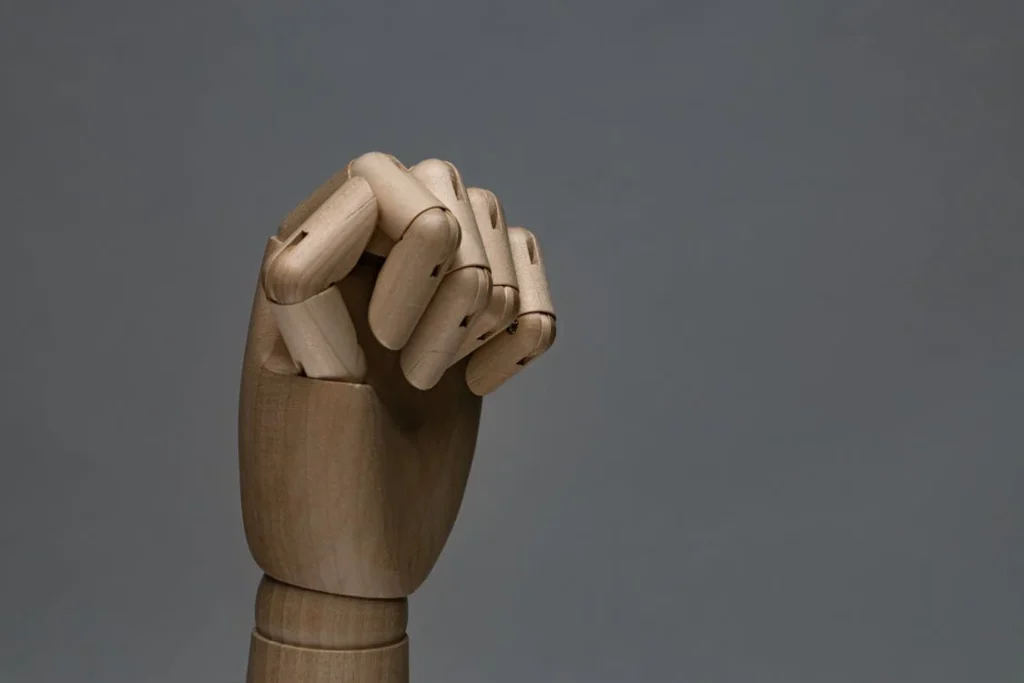
How Economic Factors and Cultural Priorities Shape Prosthetic Accessibility
Cultural beliefs not only influence the design of prosthetics but also impact their accessibility. The way different societies prioritize healthcare, rehabilitation, and assistive technology determines how widely prosthetics are available and who can afford them.
Economic structures, government policies, and traditional attitudes toward medical care all play a role in shaping the prosthetic landscape worldwide.
Wealth, Social Class, and Prosthetic Affordability
In many developed nations, prosthetics are often covered by insurance or government healthcare programs, making them more accessible to people from different economic backgrounds.
In countries like Germany, Sweden, and Canada, individuals with limb loss can receive high-quality prosthetic devices with little to no out-of-pocket expense.
This allows people to choose advanced prosthetics that prioritize both function and aesthetics, including bionic limbs with sensory feedback and high-tech mobility features.
In contrast, in developing countries, prosthetics can be expensive and are often considered a luxury rather than a necessity. In places like India, Bangladesh, and parts of Africa, the cost of a high-quality prosthetic limb can be several times the average monthly income.
Many people rely on government assistance or charitable organizations to obtain a prosthetic, which often means they have limited options when it comes to customization or advanced features.
Robobionics addresses this gap by designing cost-effective yet advanced prosthetic solutions like Grippy™, which is not only affordable but also durable and easy to use.
By offering localized manufacturing and repair services, we ensure that individuals in need have access to high-quality prosthetics without the long waiting times and high costs associated with imported alternatives.
Government Policies and Cultural Attitudes Toward Healthcare
Government support for prosthetic users varies widely across the world and is often influenced by cultural attitudes toward disability and rehabilitation.
In countries where assistive technology is seen as a right, there are strong policies in place to subsidize prosthetic costs and provide rehabilitation services.
Nations with a well-developed public healthcare system, such as the United Kingdom, Japan, and Australia, invest in research and innovation to improve prosthetic options for their citizens.
However, in countries where disability is still stigmatized or not prioritized in healthcare funding, prosthetic services remain scarce. In many parts of Asia and Africa, rehabilitation centers are limited, and prosthetic users may have to travel long distances to receive proper care.
Without strong government policies supporting assistive devices, many individuals are forced to rely on outdated or poorly fitted prosthetics, limiting their mobility and quality of life.
Recognizing this challenge, Robobionics has partnered with local clinics and healthcare providers to ensure better access to prosthetic solutions across India.
By integrating home-based gamified rehabilitation programs, we empower users to adapt to their new prosthetics in a comfortable and supportive environment.
Cultural Prioritization of Traditional Medicine vs. Modern Rehabilitation
In some cultures, traditional healing methods are preferred over modern medical interventions, including prosthetic use. In rural areas of India, Africa, and Latin America, many people turn to herbal medicine, spiritual healing, or massage therapy to manage limb loss rather than seeking prosthetic solutions.
This preference for traditional practices can delay rehabilitation and prevent individuals from benefiting from advanced prosthetic technology.
At the same time, some communities are blending traditional healing with modern rehabilitation techniques.
In regions where holistic medicine is deeply rooted, prosthetic specialists are working with traditional healers to educate people about the benefits of prosthetics while respecting cultural beliefs.
By presenting prosthetics as a tool that enhances, rather than replaces, the body’s natural strength, acceptance is gradually increasing.
Robobionics believes that cultural sensitivity is key to improving prosthetic accessibility.
By offering personalized solutions that align with both modern medical needs and traditional values, we are bridging the gap between technology and cultural identity, ensuring that no one is left behind in the journey toward mobility and independence.
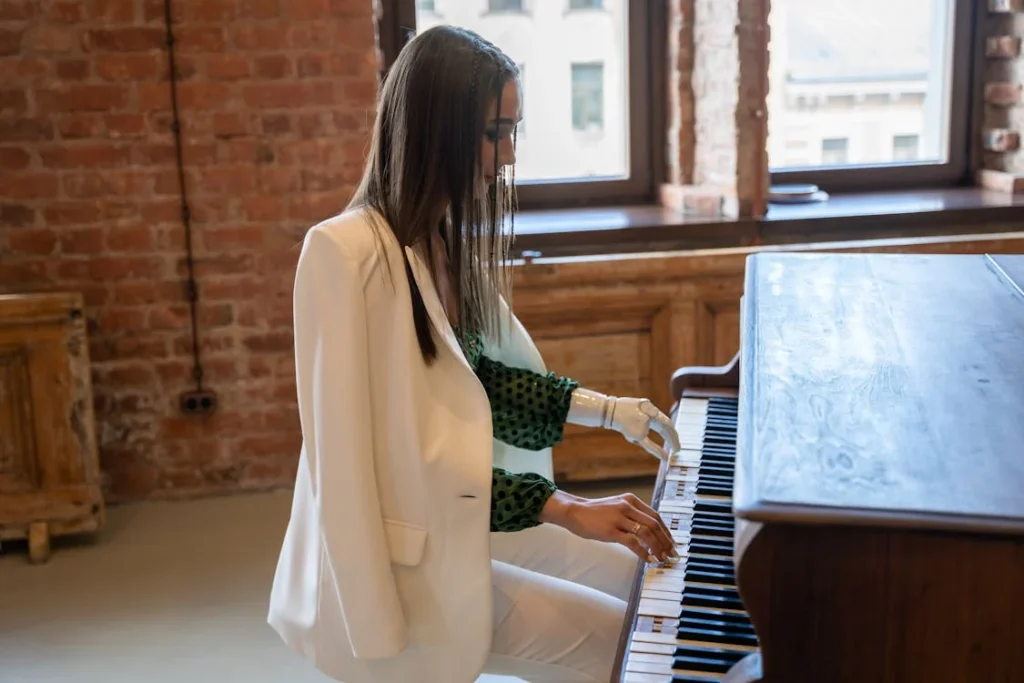
The Future of Prosthetic Design: Balancing Cultural Identity with Technological Advancements
As technology evolves, prosthetic design is becoming more personalized, adaptable, and culturally inclusive.
Around the world, people are no longer limited to generic prosthetic limbs; they now have the option to choose designs that align with their cultural values, personal aesthetics, and lifestyle needs.
This shift is reshaping the way society views prosthetics—not just as medical devices but as an extension of personal identity.
The Rise of Customization and Cultural Representation
With advancements in 3D printing and digital modeling, prosthetic users can now choose designs that reflect their heritage and traditions. In regions where modesty is valued, ultra-realistic prosthetics remain a popular choice.
Meanwhile, in places where self-expression is encouraged, bold and artistic prosthetics are gaining traction. This flexibility ensures that users feel comfortable and confident, whether they prefer a limb that blends in seamlessly or one that stands out as a statement of resilience.
Robobionics has embraced this trend by offering a range of prosthetic designs that cater to different cultural and aesthetic preferences.
Whether someone wants a traditional look that matches their skin tone or a futuristic bionic hand that symbolizes empowerment, we provide options that make every user feel at home in their prosthetic.
Smart Prosthetics and the Integration of Technology
The future of prosthetics is not just about appearance—it’s also about functionality.
Advanced bionic limbs are incorporating artificial intelligence, sensory feedback, and brain-controlled interfaces, allowing users to regain a level of mobility that was once unimaginable. However, cultural acceptance of these high-tech prosthetics varies.
In tech-driven societies like Japan, South Korea, and the United States, robotic prosthetics are widely accepted, often celebrated as a symbol of human progress.
In contrast, some traditional cultures still prefer simpler, mechanical designs that do not rely on complex electronics. This divide highlights the need for diverse prosthetic solutions that cater to different levels of technological comfort.
At Robobionics, we recognize that every user has unique needs. While some may prefer an advanced bionic hand with multiple grip patterns, others may feel more comfortable with a lightweight, low-maintenance mechanical prosthetic.
By offering both, we ensure that technology serves people rather than overwhelming them.
Cultural Shifts and the Changing Perception of Prosthetics
One of the most exciting changes in the prosthetic industry is the shift in how society views disability and assistive technology.
Social media, representation in film and media, and advocacy movements are breaking stereotypes and helping people see prosthetics as symbols of strength rather than limitations.
Athletes, artists, and influencers with prosthetic limbs are reshaping public perception by proudly displaying their artificial limbs rather than hiding them.
As a result, younger generations are growing up in a world where prosthetic users are seen as innovators and role models, rather than as people who need to “fit in.”
This cultural shift is pushing the prosthetics industry to become more inclusive and forward-thinking. As attitudes change, so does the demand for more stylish, functional, and personalized prosthetic options.
The industry is moving away from a one-size-fits-all approach and embracing a future where every prosthetic user has the freedom to choose a limb that reflects their personality and cultural identity.
Robobionics is at the forefront of this movement, ensuring that prosthetic design is not just about restoring mobility but also about restoring confidence, independence, and self-expression.
By combining cutting-edge technology with deep cultural awareness, we are creating prosthetics that truly belong to the people who wear them.
Conclusion
Prosthetic design is not just about function—it is deeply influenced by cultural beliefs, traditions, and personal identity. Across the world, different societies shape how prosthetic limbs look, feel, and are accepted. Whether it is a preference for lifelike designs, bold expressions of individuality, or the integration of advanced technology, cultural values play a crucial role in shaping these choices.
As perceptions evolve and technology advances, the prosthetics industry must continue to offer solutions that respect diverse traditions while empowering users. Customization, affordability, and accessibility remain key in ensuring that everyone, regardless of their cultural background, can find a prosthetic that suits their needs.
At Robobionics, we are committed to bridging the gap between innovation and cultural identity. Our goal is not only to restore mobility but also to provide individuals with prosthetics that reflect who they are. By understanding cultural influences and embracing personalization, we help users feel confident, empowered, and truly at home in their prosthetics.
The future of prosthetic design lies in inclusivity—where technology meets tradition and where every individual, no matter their background, has access to a prosthetic that enhances both their mobility and their sense of self.



